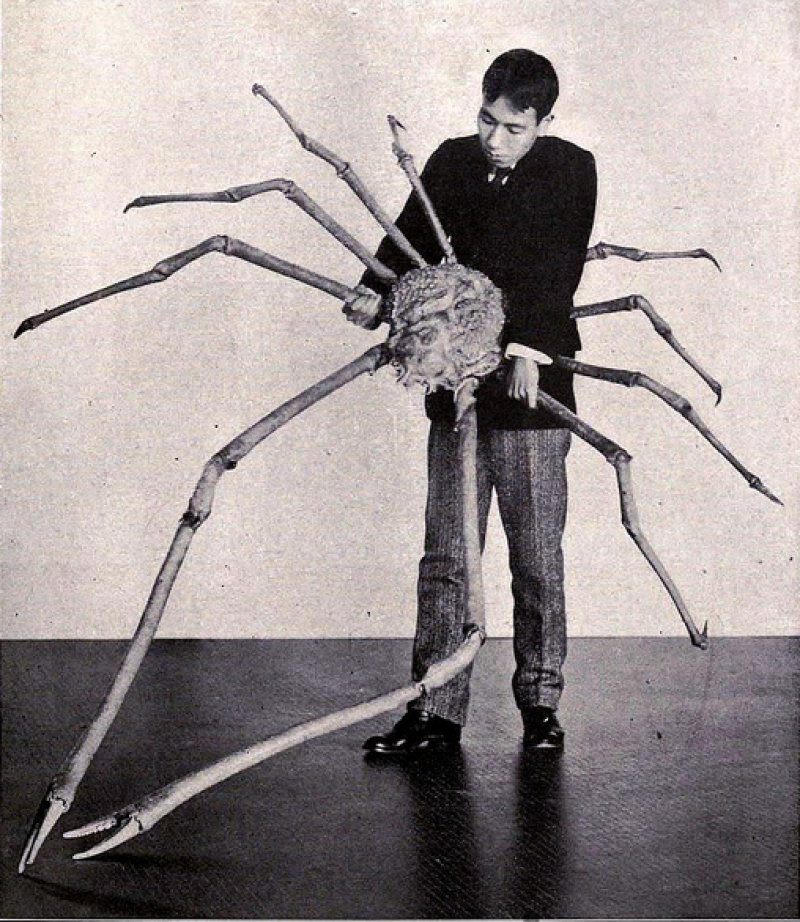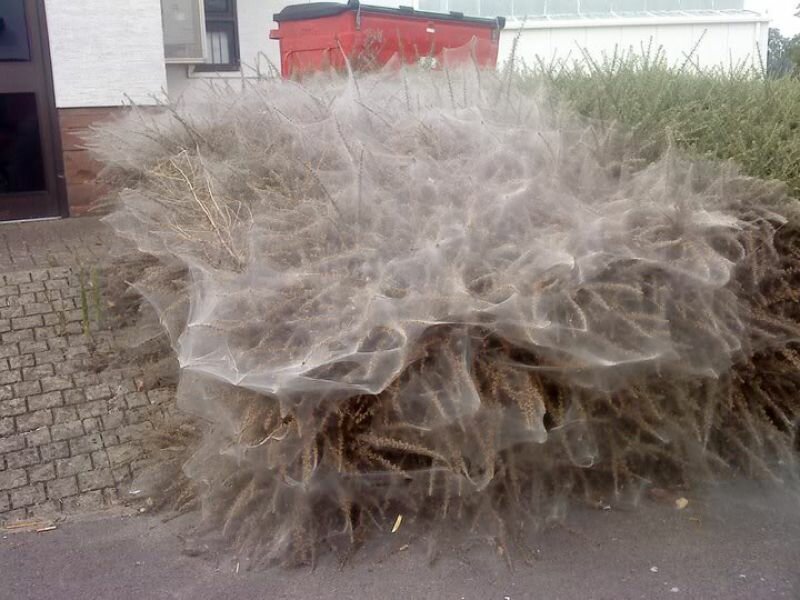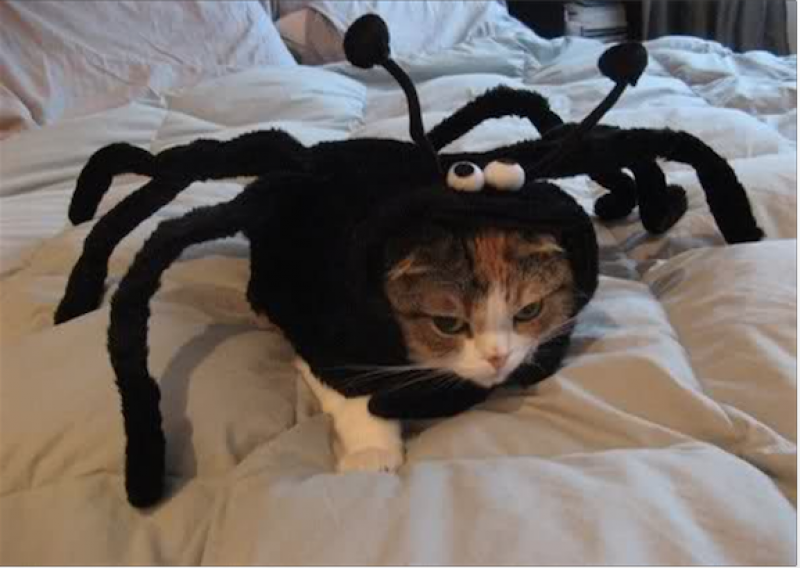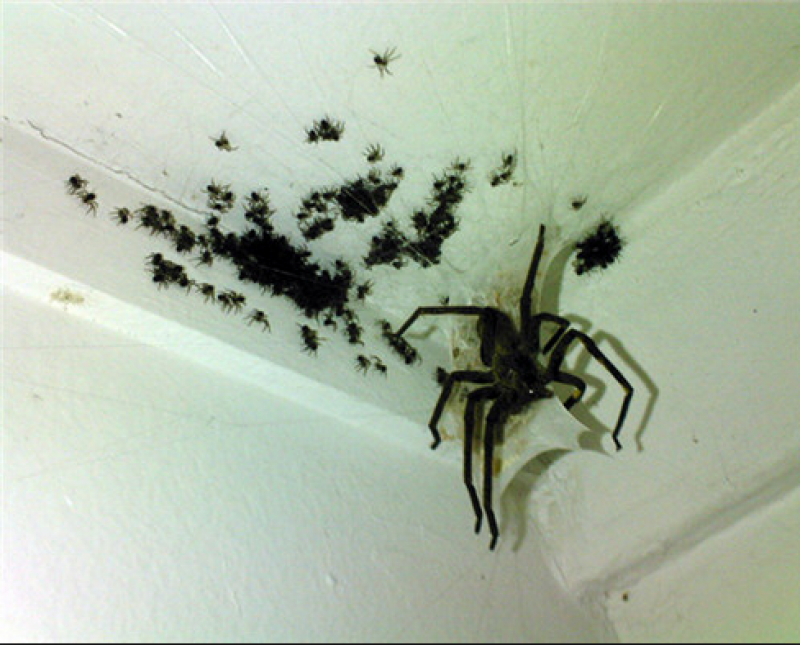
Marcin Biesiada studies at the Royal Academy of Art in The Hague, The Netherlands.
1000 Things is a subjective encyclopedia of inspirational ideas, things, people, and events.
Read the most recent articles, or mail the to contribute.

Marcin Biesiada studies at the Royal Academy of Art in The Hague, The Netherlands.

I am not afraid of spiders. In fact these, these creatures particularly remind me of my childhood and make me feel nostalgic rather than disgusted.
Spiders appear as the royal king in the kingdom of insects. They are the most mysterious and the most beautiful. We all admire their extraordinary ability to create webs: structures that could be seen as something in between tree houses and vicious traps. Our perhaps we admire them because human technology is still unable to deliver a structure equally simple and light yet powerful.

They are familiar to us both as dangerous enemies and as prey. We admire these insects because we are truly afraid of them, and it is not wise to disrespect an ominous enemy. Especially when that potentially deadly and dangerous creature can be so much smaller than us, since we tend to relate power to the size.
Maybe what is the most fascinating about these animals is that even they seem to be the closest to more developed and closer to human species like for example dogs and cats, they remain mute.

What might be the most fascinating thing about these animals is that although they resemble cats and dogs in their domestic proximity to humans, they remain mute. They accompany us in our kitchens, bathrooms, and attics; yet they emit no sounds of approval. The other animals that we have deemed intelligent and live so close to us communicate their joy or discontent, but not spiders. Are they simply aloof? Like us maybe? Or maybe they do not think at all?
Spiders not only inhabit the area located someway between intelligent animals and the grey mass of insects and lower forms of life like bacteria: dangerous but robbed of any personal traits (When we think about any other bug, we usually think about THEM, in plural, when a spider appears, it is a lonely hunter most often and this gives him more individual traits.) but also the area between what is disgusting and fascinating. What disgusts about them is their set of eyes that lack the characteristics of a personal gaze. Their hairy legs also somehow do not make them fluffy and cuddly, instead they express something more primal, a scary force of brutal nature.

Louise Bourgeouise's sculptures of giant spiders can be regarded as a homage to these little monsters. Reimagined by the artist they seem to posses all of their core traits of "character" but made more visible, more tangible. They drift above our heads, like they do in ordinary life, on their strong, scary legs. Suddenly they can encircle us, and create a shadow over us, but is it really something unusal when they live all around us in the pipes of the houses we inhabit, under-the-carpet areas that nobody has ever time and enough energy to clean or in the corner under the ceiling where the human eye, tired of the every day routine, cannot, or at least does not want to, notice them?
Bourgeois compared the spider to her mother's omnipresent way of being. My memories of them somehow send me to my grandmother because of many reasons.

First of all, she owned a beautiful necklace in the shape of a spider made of artificial emeralds. This piece of jewelry interested me a lot when I was a child, made me think up different stories of its provenance or to imagine to whom it might have had belonged before, even though it was only made of plastic.
I can also remember her room in my family home that was truly full of spider webs and spiders. She never allowed my sister and I to kill them because that brings bad luck. Instead we were taught to catch them, to let them crawl onto an old newspaper, which she kept so many of in her own quarters, and then gently place them outside the window so they could live in the garden.